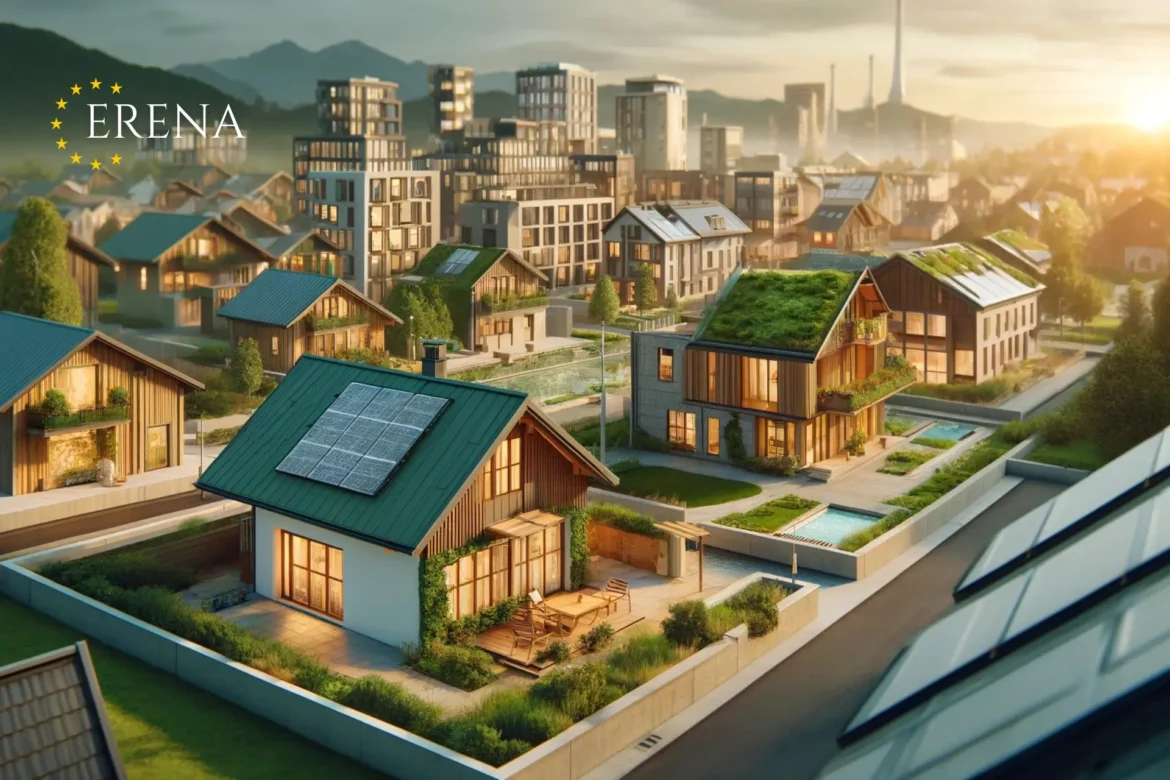The residential real estate market in Germany is evolving rapidly, adapting to new societal demands, economic shifts, and stricter environmental standards. Germans traditionally value quality, reliability, and energy efficiency, which are becoming key factors when choosing a home. In recent years, demand has shifted towards eco-friendly, energy-efficient, and technologically advanced homes. This article explores the main construction trends, German housing preferences, and current property prices in 2024.
1. Key Trends in the German Housing Market
1.1. Growing Popularity of Energy-Efficient Homes
With rising energy costs and stricter environmental regulations, most new homes are built with stringent energy efficiency requirements. Popular housing types include:
- Passive Houses (Passivhaus) – buildings that consume minimal energy due to insulation, heat recovery systems, and solar panels.
- KfW-40 and KfW-55 Homes – constructions with low energy consumption that meet the standards of the state-owned KfW bank.
- Zero-Energy Houses – homes that produce as much energy as they consume.
Construction costs of energy-efficient homes:
- Passive House – €3,500–4,500/m²
- KfW-40 Home – €2,500–3,500/m²
- Zero-Energy House – from €4,000/m²
1.2. Popularity of Modular and Prefabricated Homes
Germans are increasingly opting for prefabricated homes due to their flexibility and cost-effectiveness. These houses allow for reduced construction costs and shorter completion times.
Popular options:
- Modular Homes (Modulhäuser) – prefabricated elements assembled in a factory and installed on-site.
- Prefabricated Homes (Fertighäuser) – lightweight wooden constructions with excellent insulation properties.
Average prices:
- Modular Home – €2,000–3,000/m²
- Prefabricated Home – €1,800–2,800/m²
1.3. Increase in Multi-Family Housing
Due to high land prices and urban density, more Germans are choosing apartments in multi-family buildings. The share of single-family houses in major cities is decreasing, while multi-family buildings with modern energy-saving technologies are becoming the norm.
Average apartment prices in new developments in 2024:
- Berlin – €6,000–8,000/m²
- Munich – €9,000–12,000/m²
- Hamburg – €7,000–9,000/m²
- Leipzig – €4,000–6,000/m²
2. German Homebuyer Preferences
2.1. Eco-Friendliness and Energy Efficiency
Germany is actively integrating “green” technologies, and most property buyers prefer homes with:
- Solar panels and heat pumps
- Rainwater collection systems
- Natural building materials (wood, brick, lime)
2.2. Location and Infrastructure
Homes in the suburbs of major cities are in high demand. This is due to lower property prices and convenient transportation links to urban centers.
Average house prices in suburban areas:
- Near Berlin – €4,000–6,000/m²
- Near Munich – €6,000–9,000/m²
- Near Hamburg – €4,500–7,000/m²
2.3. Multi-Functionality and Adaptability
Since the COVID-19 pandemic, demand for homes with additional workspace, terraces, and flexible layouts has increased. Buyers are increasingly looking for homes with:
- Home offices for remote work
- Spacious terraces and gardens
- Adaptable interior layouts
3. Price Forecasts and Market Developments for 2025
Amid rising interest rates and inflation, the German real estate market is experiencing a slowdown in price growth. However, demand remains high, especially for suburban and energy-efficient homes.
Average House Prices in 2024:
- Traditional Brick House – €3,500–5,000/m²
- Energy-Efficient House – €4,000–6,000/m²
- Prefabricated House – €1,800–2,800/m²
- Apartment in a New Development – €5,000–9,000/m²
Forecast for 2025:
- Possible price reduction of 5–10% due to increased supply.
- Growing demand for affordable and eco-friendly housing.
- Increase in multi-family housing projects with energy-efficient technologies.
Conclusion
The German construction market is focused on energy efficiency, sustainability, and technological advancements. Germans prefer homes with low operating costs, adaptable spaces, and suburban locations with developed infrastructure. Despite high prices, demand for real estate remains stable, and the market continues to evolve, offering innovative solutions for buyers.

